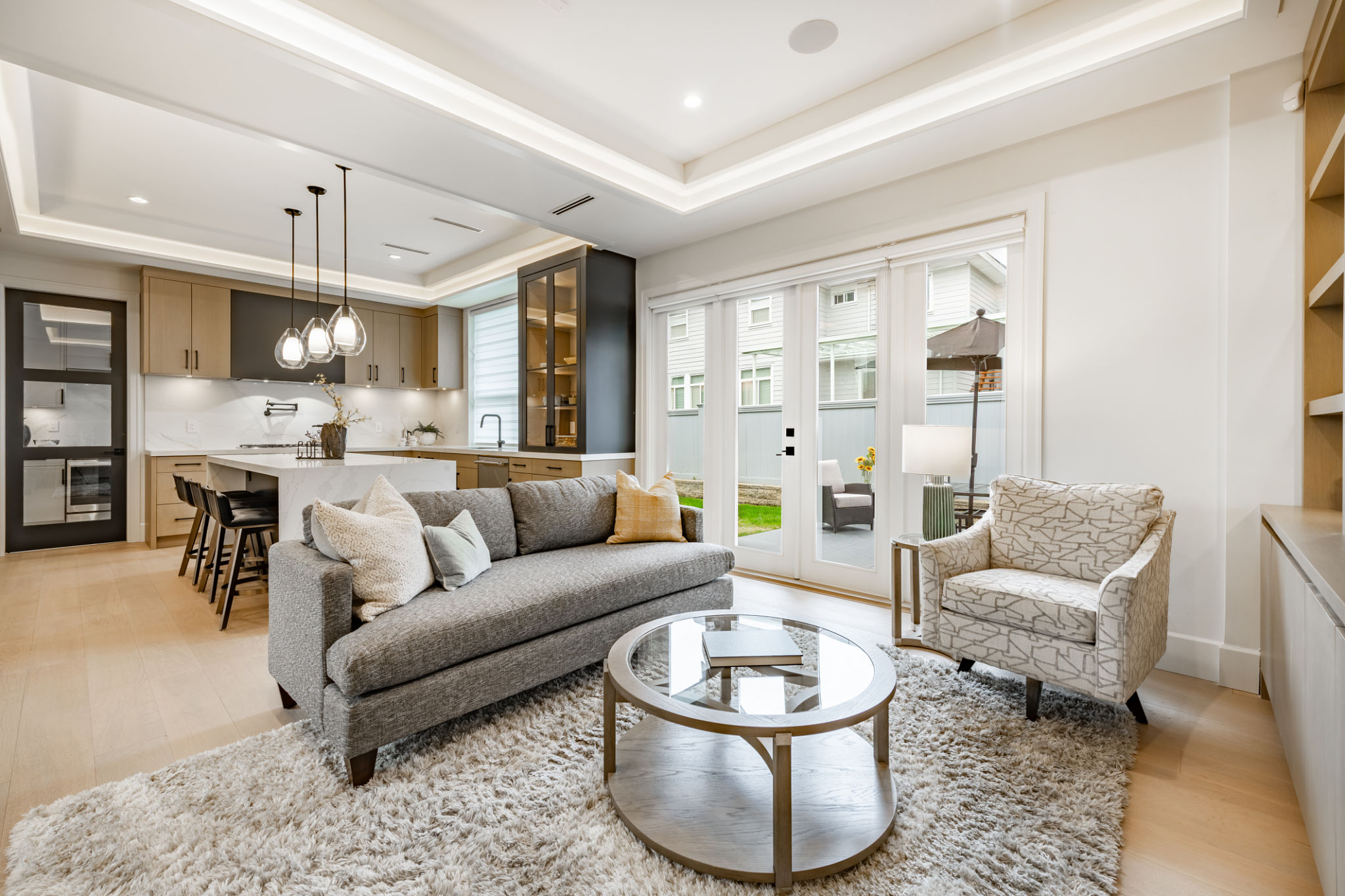Common Misconceptions About Interior Design
Understanding Interior Design
Interior design is a field that often encounters misconceptions. Many people have preconceived notions about what interior designers do, how they work, and the value they bring. It's important to debunk these myths to appreciate the true essence of interior design. Let's explore some common misconceptions and uncover the reality behind them.

Myth 1: Interior Design Is Only About Aesthetics
One of the most pervasive myths about interior design is that it's solely focused on aesthetics. While creating visually appealing spaces is a significant aspect, interior design also emphasizes functionality, safety, and efficiency. Designers consider how a space will be used and ensure it meets the needs of its inhabitants.
Interior designers work to balance form and function, ensuring that beauty doesn't compromise practicality. They consider factors such as ergonomics, lighting, acoustics, and spatial planning, all of which contribute to a well-designed environment.

Myth 2: Interior Designers Are Expensive
Another common misconception is that hiring an interior designer is a luxury only the wealthy can afford. In reality, interior designers can work within a wide range of budgets. They often help clients save money in the long run by avoiding costly mistakes and making informed decisions about materials and furnishings.
Designers have access to trade discounts and industry connections that can lead to financial savings. They also help maximize the potential of a space, which can increase property value.
Myth 3: Interior Design Is Just Decorating
Many people confuse interior design with decorating. While decorating is a part of the process, interior design encompasses much more. It involves space planning, material selection, project management, and collaboration with architects and contractors.
Interior designers often have formal education and training in design principles, which allows them to create cohesive and functional spaces. Their expertise ensures that the final design aligns with the client's vision and lifestyle requirements.

Myth 4: Interior Design Is Only for Large Spaces
Some people believe that interior design is only necessary for large or luxurious spaces. However, interior design can significantly enhance smaller spaces by optimizing layout, storage solutions, and aesthetics. In fact, compact spaces often require more thoughtful design to ensure they are both practical and stylish.
Designers excel at making the most of limited square footage by employing clever design strategies that enhance the feeling of space and functionality.
Myth 5: Following Trends Is Essential
There's a misconception that keeping up with design trends is crucial for a successful interior design project. While trends can provide inspiration, a timeless design tailored to the client's needs will outlast fleeting fads. Designers focus on creating enduring spaces that reflect personal style and provide long-term satisfaction.

In conclusion, understanding the true scope of interior design helps dispel these common myths. By recognizing the value designers provide beyond aesthetics, homeowners can make informed decisions when considering professional assistance for their spaces.
